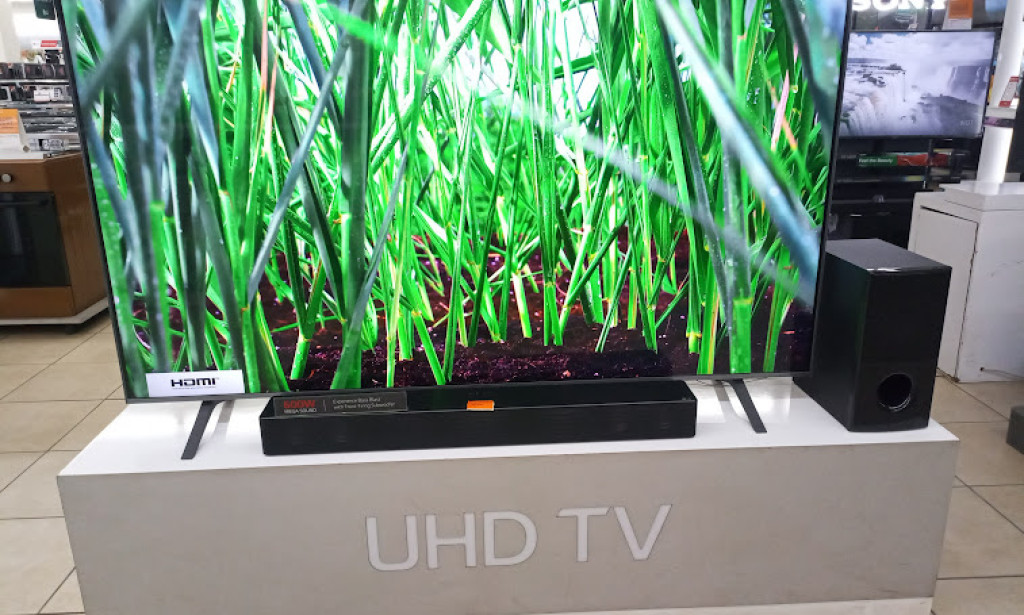1. Artificial Intelligence (AI) Everywhere
AI has moved beyond research labs and is now a central player in consumer electronics. From voice assistants like Amazon’s Alexa and Google Assistant to more advanced AI algorithms embedded in smartphones and smart home devices, artificial intelligence is enhancing user experiences and driving automation. AI-driven electronics are becoming more adept at learning from user behavior, making gadgets more intuitive and personalized.
2. 5G and Beyond: The Connectivity Revolution
The rollout of 5G networks is a game-changer, offering significantly faster data speeds and lower latency compared to its predecessors. This technology is not just about quicker downloads; it’s enabling new applications in augmented reality (AR), virtual reality (VR), and the Internet of Things (IoT). As 5G networks become more widespread, expect even more sophisticated connected devices and smart city technologies.
3. Wearable Tech: Beyond the Basics
Wearable technology has evolved from simple fitness trackers to sophisticated health monitors and smartwatches. Today’s wearables can track a wide range of metrics, from heart rate and sleep patterns to blood oxygen levels and stress. The integration of AI and advanced sensors in wearables is paving the way for more accurate health insights and personalized wellness recommendations.
4. Sustainable Electronics: Eco-Friendly Innovations
Sustainability is becoming a significant focus in electronics manufacturing. Companies are increasingly adopting eco-friendly practices, from using recycled materials in device production to designing products that are easier to repair and recycle. Innovations like biodegradable electronics and energy-efficient components are helping to reduce the environmental impact of our gadgets.
5. Flexible and Foldable Displays
Flexible and foldable display technology is revolutionizing device design, offering new possibilities for smartphones, tablets, and even laptops. These displays are not only more durable but also allow for innovative form factors and multi-screen experiences. As the technology matures, we can expect even more creative applications and enhanced user interfaces.
6. Edge Computing: Power at the Periphery
Edge computing is shifting data processing from centralized data centers to local devices, closer to where the data is generated. This approach reduces latency, enhances security, and improves the efficiency of data handling. With the rise of IoT and smart devices, edge computing is becoming crucial for real-time processing and decision-making.
7. Quantum Computing: A Glimpse into the Future
While still in its early stages, quantum computing promises to revolutionize electronics and computing as we know it. Quantum computers have the potential to solve complex problems at speeds unattainable by classical computers, impacting fields such as cryptography, material science, and artificial intelligence. Although practical, widespread use is still a ways off, the progress in quantum technology is worth watching.
8. Smart Home Integration: Seamless Automation
The smart home ecosystem is expanding, with more devices seamlessly integrating into a single, intelligent network. Voice assistants, smart thermostats, lighting systems, and security cameras are becoming increasingly interconnected, offering enhanced automation and control. The trend is moving towards creating a more cohesive and intuitive smart home experience.
9. Augmented Reality (AR) and Virtual Reality (VR) Advances
AR and VR technologies are advancing rapidly, finding applications beyond gaming and entertainment. AR is being used in fields like education and retail to enhance user interaction with digital overlays, while VR is making strides in training, therapy, and immersive experiences. As hardware improves and content becomes richer, AR and VR are set to become integral parts of our digital lives.
10. Advanced Semiconductor Technologies
The heart of modern electronics, semiconductors, are undergoing rapid advancements. Innovations like 3D stacking, smaller transistor sizes, and new materials are driving improvements in performance and efficiency. These advancements are crucial for enabling the next generation of high-performance computing, mobile devices, and energy-efficient electronics.
In Conclusion
The world of electronics is more exciting than ever, with new trends and technologies emerging at a breakneck pace. From AI and 5G to sustainable practices and quantum computing, these advancements are not only shaping the future of technology but also enhancing the way we live, work, and interact. Stay tuned, as the journey of innovation continues to unfold, bringing new possibilities and transforming our digital landscape.
Feel free to share your thoughts and experiences with these trends in the comments below. What’s exciting you most about the future of electronics?

You must be logged in to post a comment.